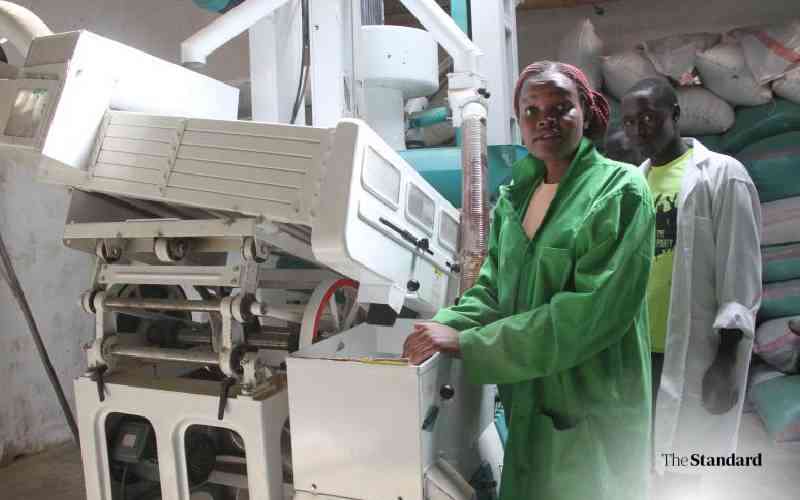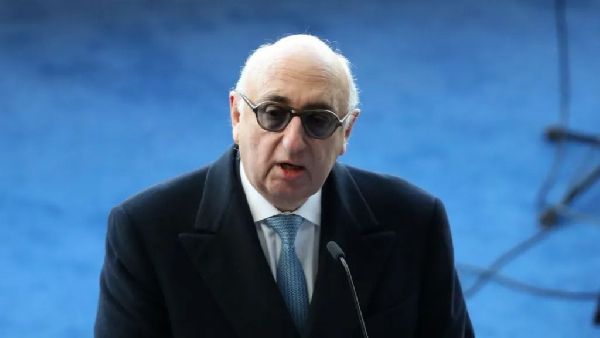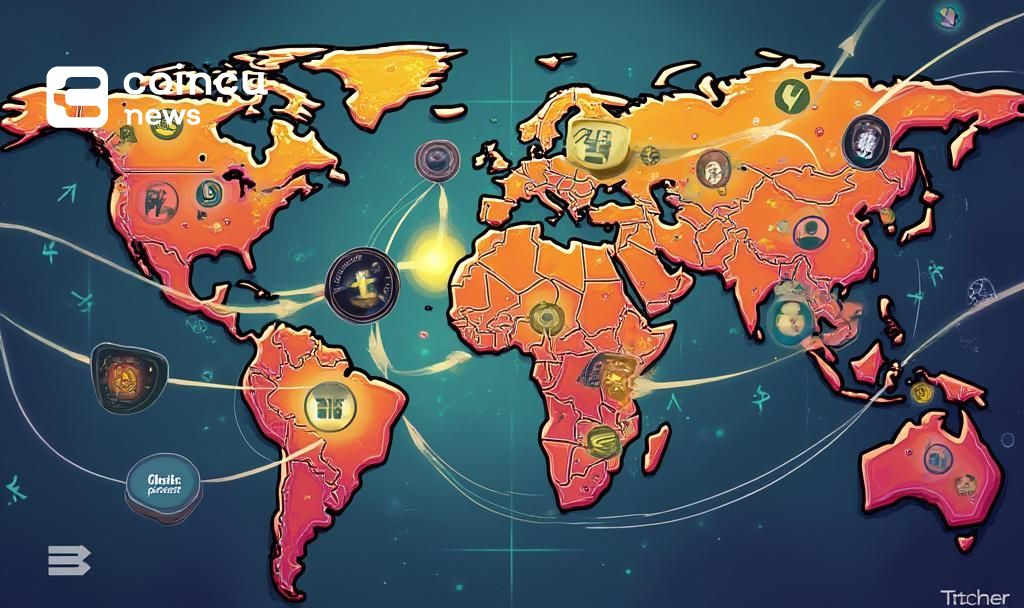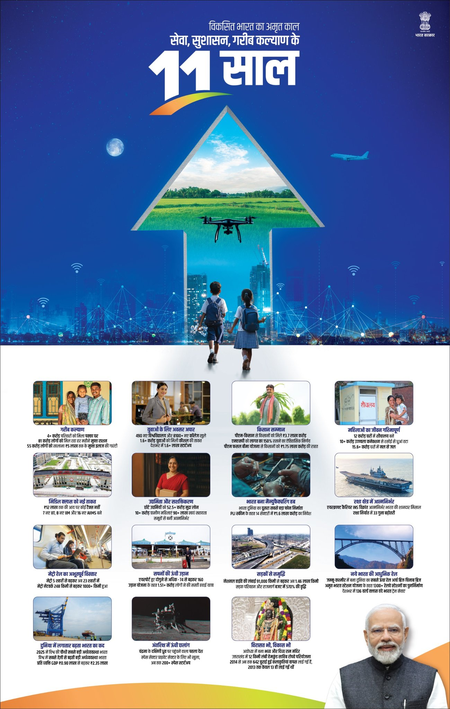Poor Connectivity Hinders Mobile Money Boom in Rural Nigeria
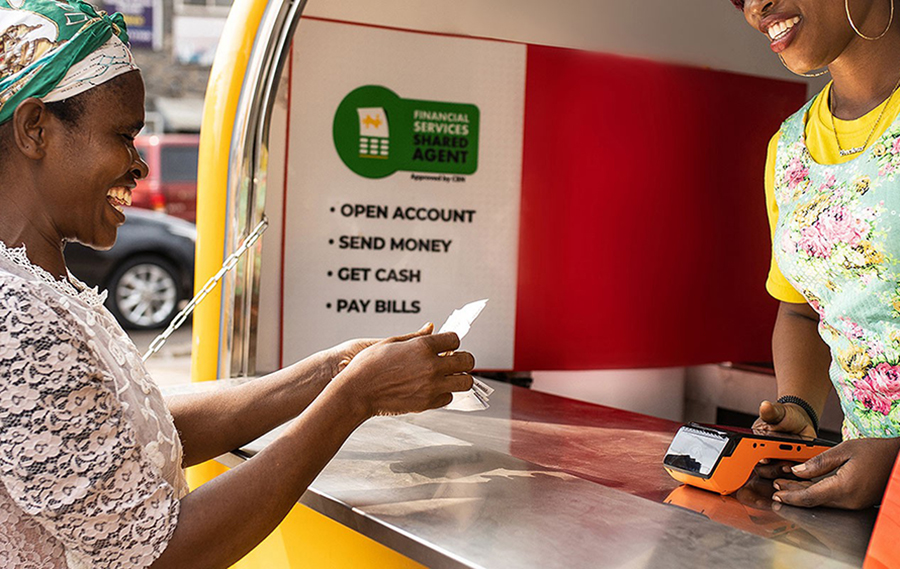
In Temidire, a quiet village in the Ibarapa East Local Government Area of Oyo State, mobile phones are largely non-functional due to erratic and weak network signals. Residents often have to seek higher ground to make or receive calls, and even visitors to the bustling local market, accustomed to digital payments, are forced to rely on cash due to the absence or instability of mobile network services. This connectivity crisis profoundly affects daily life and financial transactions, as exemplified by 35-year-old farmer Alabi Oduwole, who uses his bedroom as a bank because traveling 25 kilometers to the nearest town with commercial bank branches for deposits or withdrawals is impractical. He laments the instability of the only available network, Airtel, which hinders his ability to conduct mobile financial transactions.
Temidire's predicament highlights a broader challenge across many rural Nigerian communities, where the advancements in mobile banking and digital finance have yet to reach those who need them most. Ironically, while mobile money is booming in Nigeria, its growth is predominantly confined to urban areas. Data from the Nigeria Inter-Bank Settlement Systems (NIBSS) reveals a substantial increase in mobile money transactions, processing N71.5 trillion in 2024, a 53.4% increase from N46.6 trillion in 2023. The transaction volume also surged by 23%, from 3 billion in 2023 to 3.9 billion in 2024. Leading operators like PalmPay reported crossing 15 million daily transactions in Q1 2025, and Paga processed over N1.5 trillion in May 2025 alone. This paradox underscores a significant financial inclusion gap, where rural populations are left behind despite the nation's push towards a cashless economy.
According to the EFiNA Access to Finance (A2F) 2023 report, 48% of adult Nigerians lack a transactional or financial account, indicating widespread exclusion from the modern digital financial system. The report further notes that the ownership and use of banking services are heavily skewed towards wealthier, more developed urban areas, and tend to favor males, those with higher educational achievements, and middle-aged individuals, exacerbating existing inequalities. Moreover, over 28 million Nigerians possess a National Identification Number (NIN) but still do not have financial accounts.
A primary driver of this exclusion is inadequate network coverage. The International Telecommunications Union (ITU) points out that Nigeria's digital revolution is largely driven by young, urban populations, leaving older adults and rural dwellers behind. The urban-rural divide in internet usage is stark, with 57% connectivity in cities compared to a mere 23% in rural areas in 2024, representing the widest gap among all ITU regions. This disparity is compounded by infrastructure investment patterns, which prioritize 4G and 5G rollouts in urban centers, leaving rural regions reliant on older, slower networks. As of April 2025, data from the Nigerian Communications Commission (NCC) indicates that 39.67% of the country's connectivity remains on 2G, predominantly in rural areas.
To address these challenges, various solutions are being explored and implemented. PalmPay's CEO, Mr. Chika Nwosu, acknowledged the connectivity gap and initiated Unstructured Supplementary Service Data (USSD) to facilitate financial transactions for users in 2G areas, recognizing its vital role in increasing financial inclusion where smartphone use is limited and traditional banking infrastructure is scarce. However, as seen in Temidire, USSD functionality is also hampered by unstable service.
Tech expert Ahmed Ogundimu, Founder of Sigmanox NG, identifies low literacy levels and skepticism towards digital financial services as additional barriers to mobile money penetration in rural Nigeria. He advocates for increased investment in network infrastructure across rural communities, expansion of rural agent networks by mobile money providers, and the offering of localized, user-friendly services. Ogundimu also advises operators to advertise mobile money products in local languages and urges government and non-governmental organizations to promote financial literacy and digital inclusion initiatives. He emphasizes the government's role in providing incentives for financial institutions to establish branches in rural areas.
Mr. Olu Akanmu, Executive in Residence at the Lagos Business School, suggests integrating financial inclusion into broader economic programs like agriculture and MSME trade. He stresses the importance of financial service providers increasing their agent presence in rural areas for last-mile access, alongside improved network coverage and the availability of affordable phones, as critical factors for deepening financial services access.
The Nigerian government has launched several initiatives to bridge the connectivity gap. These include Project BRIDGE, aiming to expand Nigeria’s fibre optic network by 90,000 km with World Bank and African Development Bank funding, and Project 774, designed to ensure high-speed connectivity for every local government secretariat. The Universal Access Project seeks to connect over 20 million Nigerians lacking digital access by building 7,000 telecom towers in unserved and underserved areas through a Public-Private Partnership model. The Secretary of USPF, Yomi Arowosafe, further detailed plans to build an additional 1,000 Base Transceiver Stations (BTS) in rural communities by 2030, collaborating with development partners and exploring partnerships with OEM manufacturers to support the usage of affordable end-user devices in these regions. Industry analysts commend these initiatives but stress that their ultimate impact hinges on effective implementation.
